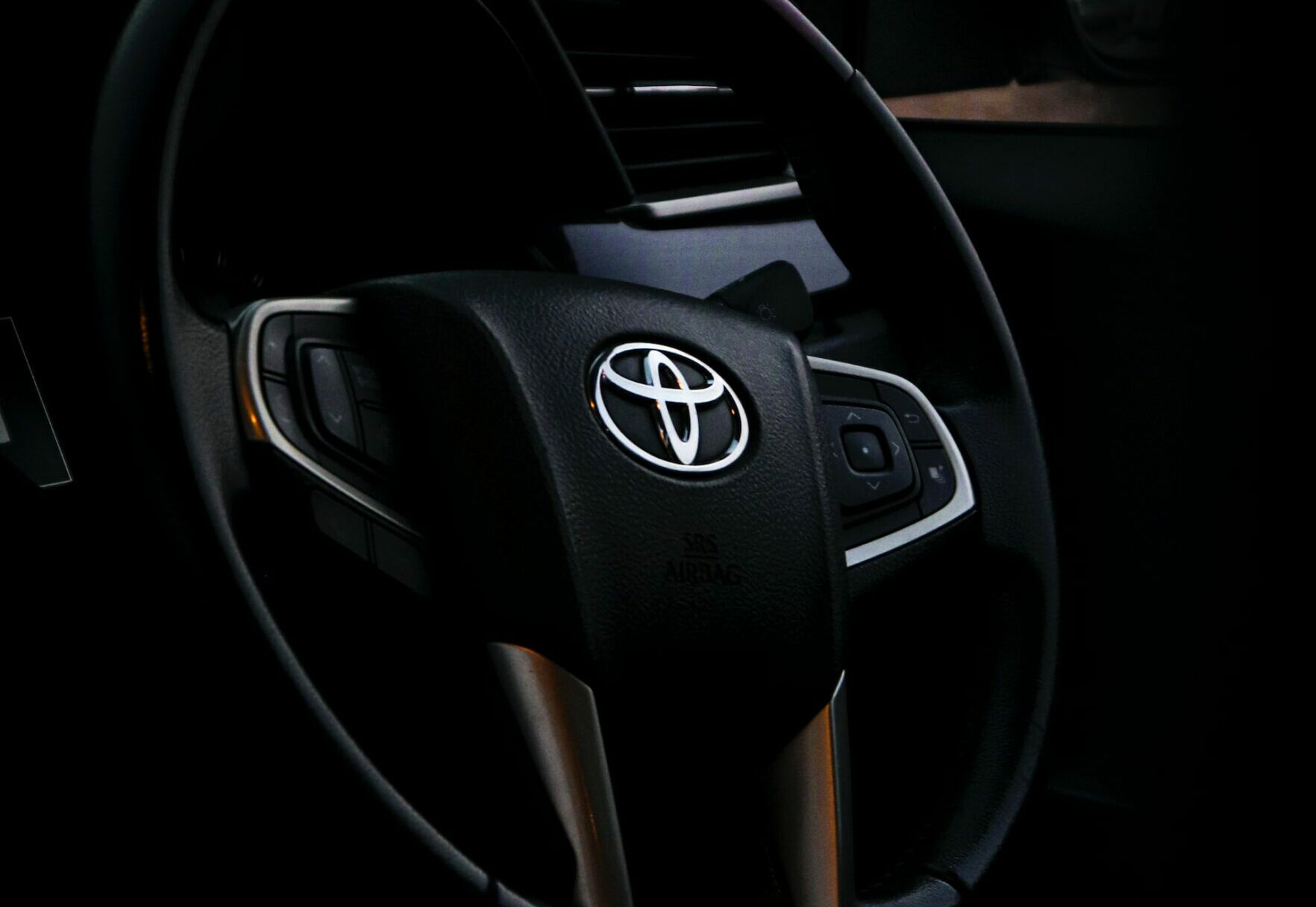Flatbed trucks are designed to haul large, heavy equipment such as tractors, construction equipment, and farm machinery. These vehicles are also referred to as combination trucks or simply a flatbed. The term “flat” refers to the vehicle’s appearance rather than the actual weight of its load.
Flatbed trucking is a niche but growing segment of the trucking industry that provides opportunities for those who have an aptitude for heavy lifting and driving.
Flatbed drivers generally earn a higher hourly wage, have less job security, and face more physical hardship than other drivers, but they also enjoy better benefits, including health insurance coverage and 401(k) retirement plans.
Flatbed drivers may feel isolated from others in their profession because of the differences between the trucking industry and other industries that require frequent interaction with customers.
What is Flatbed Trucking And How Does it Work?
The vehicles can often be recognized by their large, flat beds that allow the cargo to be loaded from either side. The biggest difference between a standard trucker’s job and a flatbed driver’s job is the type of loads that are delivered.
Because these trucks carry heavier loads, the driver usually doesn’t deliver goods on a regular basis. In order to avoid excess wear and tear on the engine, most flatbed drivers follow routes with little or no traffic so they don’t need to stop as often.
This saves fuel consumption as well as money spent on gas. Flatbed drivers work primarily in dry freight (trucking materials without liquid cargo).
Because of this and the heavier loads to carry, it’s obviously important to hire a trusted flatbed trucking service like Nationwide United Auto Transport for your auto transportation needs.
Flatbed trucking requires a unique skill set that includes securing loads properly to ensure safety during transit. One area of interest within this field is non CDL hotshot trucking, which involves transporting smaller, time-sensitive loads without the need for a Commercial Driver’s License (CDL). Despite the lower barrier to entry, non CDL hotshot drivers must still adhere to strict safety and regulatory standards to avoid fines and ensure reliable delivery of their cargo.
How Flatbed Trucks are Different From Other Types of Trucks
Flatbed trucks are designed for hauling large and heavy loads. They have a different design from other types of trucks, so they tend to be more expensive.
Flatbed trucking is an industry that bridges the gap between small and large trucking companies.
It offers opportunities for those who want to work in a niche with limited competition and pay better wages than other truckers, but it also offers less security, fewer benefits and a higher risk of injury or death.
Flatbed Trucking Advantages for Auto Transport
1) Flatbed truckers have a high hourly wage.
2) They have less job security and face more physical hardship than other drivers.
3) They enjoy better benefits, including health insurance coverage and 401(k) retirement plans.
4) They are less isolated from others in their profession because of the differences between the trucking industry and other industries that require frequent interaction with customers.
Flatbed Trucking Disadvantages for Auto Transport
The high rate of success for flatbed drivers has led to a lot of demand for these types of vehicles. There are fewer available flatbed truck driving positions than there are applicants.
In order to meet the demand, trucking companies will pay higher rates for flatbed operators which can be very expensive in terms of fuel costs, maintenance, and labor needs.
This makes it difficult for smaller companies to compete with larger ones who have the resources needed to fund these types of operations. Companies may have to compromise on their product quality or service levels when they cannot afford flatbed trucks because they are too expensive.







